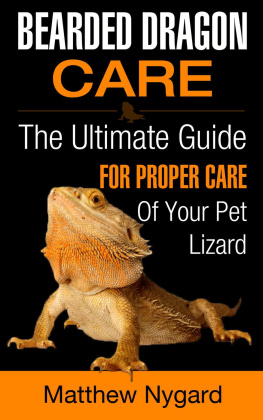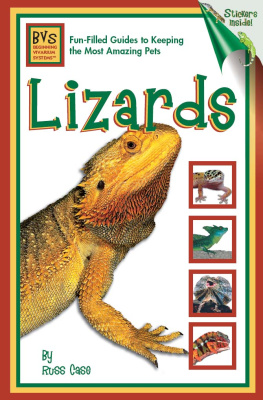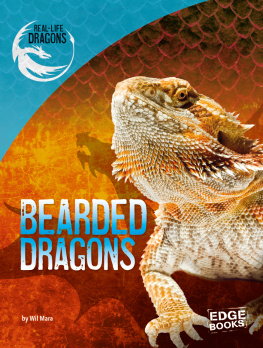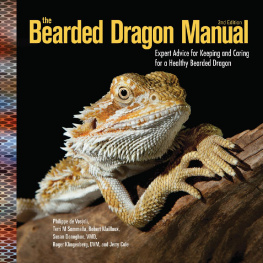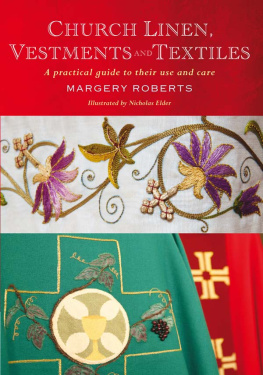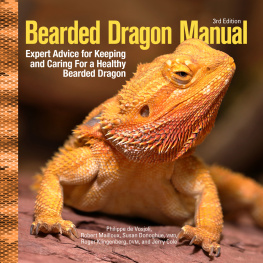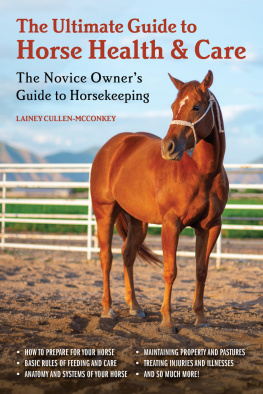Bearded Dragon Care
The Ultimate Guide For
Proper Care Of Your Pet Lizard
By
Matthew Nygard
Copyright 2013, Matthew Nygard, All Rights Reserved
DISCLAIMER: Although the information contained in this book is designed to be helpful to readers, no express warranties are attached to this work. The author and publisher are not liable for any misuse of the information provided in this book, nor are there any promises, offered or implied.
This book is intended for informational purposes only and should only be considered a guide, rather than a directive. No specific results are guaranteed or implied and no responsibility is taken for any issues that may result from using information in this book.
COPYRIGHT: This book, Bearded Dragon Care: The Ultimate Guide For Proper Care of Your Pet Lizard , has been confirmed as the work of the author, Matthew Nygard. As such, no unauthorized use, copying or publication of all or any part of this book will be allowed in any form including electronic, audio or print media without written permission from the author.
This e-book is permitted for your personal use only, and may not be re-sold or given away to others. If you would like to share this book with others, please buy a copy for each recipient.
Bearded dragon lizards are popular pet choices and safe to keep. Yet, there are certain hazards, as with any pet. You can use the information provided in this eBook to keep your pet lizard safely and without causing any damage. However, we do not bear any responsibility for any loss or damage you might incur.
T able of Contents
Introduction
The Bearded Dragon Lizard: A Popular Pet Choice
The "Social" Lizard
Curiosity and Alertness
A New Experience
Why Keep a Bearded Dragon as a Pet?
Maintenance
Size
Affordability
Docility
Lifespan
Selecting a Bearded Dragon Lizard
Observe the Habitat
Check the Heat & Light
Size and Appearance
Any Color You Like
Creating the Perfect Habitat for Beardie
The Cage or Enclosure
The Substrate Lining
The Heating
The Lighting
The Moisture
The Space
Feeding and Nutrition Tips
Feeding a Hatchling
Feeding a Juvenile Bearded Dragon Lizard
Feeding Your Fully Grown Adult Beardie
Providing Drinking Water
Signs and Symptoms of Medical Problems
How to Tell if Beardie is Sick
Common Diseases and Their Signs & Symptoms
Parasitic Diseases
Respiratory Infections
Mouth Rot
How to Train Your Bearded Dragon
Using Gestures
Potty Training
Common Bearded Dragon Behaviors
Arm Waving
Head Bobbing
Biting
Burrowing
Open Mouth
Learning to Handle Your Pet
Addressing the Lizards Natural Instinct
Using Food as a Training Tool
Patience is a Virtue
Picking Up A Beardie
What to Do When Your Pet Lizard Is Shedding
Things You Need To Be Careful About

Introduction
W hen it comes to selecting a pet, most people dont have reptiles at the top of their priority list. The common choice regarding reptiles are turtles. Few people actually opt for snakes or lizards. Yet, a strange phenomenon has developed over the past several years where people have started keeping a desert based reptilian lizard from Australia as a pet: the bearded dragon lizard.
The bearded dragon lizard is a type of lizard found in arid regions and has seven species. It is a contradiction to the common perception of lizards, that they are mere statues and dont make good pets. The bearded dragon is actually said to have a distinct personality, and can be trained to become a pet in the same vein as a cat or a dog. It sounds strange, but it is true, the bearded dragon lizard is meant to be kept by humans.
The reason why the bearded dragon is becoming popular is because of its docile nature. The bearded dragon is submissive and hence easy to control and look after. Of course, there are some risks present, after all it is a reptile, but they can be dealt with by proper care. Add to that, the fact that the bearded dragon is one of the most attractive looking types of lizard is all the more reason to own one.
Even if you have children in the home, you dont need to think twice about bringing a bearded dragon lizard home. They are gentle and as much of a threat as a hamster. They are least likely to create any disturbance or wreak havoc in your home. In short, they are a joy to have as a pet.
Continue to read on if you wish to learn how to care for your bearded dragon lizard. From selecting a bearded dragon to keeping it safe, this eBook has all the information you can need. Use this as a guidebook and enjoy the experience of owning a bearded dragon lizard. Read from cover to cover for maximum benefit!
The Bearded Dragon Lizard: A Popular Pet Choice
L izards are generally thought of as ugly reptiles that shouldnt be let anywhere near the house. Most people, if they arent scared of them, are at least repulsed by their mere presence. However, there seems to be an exception to the rule in the form of the bearded dragon lizard. This reptile has been making waves among homeowners and has become one of the most popular pet choices over the years.
The small and gentle creature originating from Australia has attracted those looking for a unique pet. After all, not everyone wants to have a fish, cat or dog in their home. From its appearance, it becomes evident that the bearded dragon is unlike most reptiles; it is not menacing at all. It does look intimidating when its beard is out, but apart from that it is a timid and submissive little animal.
In fact, it can be said that the bearded dragon is, as un-lizard like as possible. It doesnt create a mess, it doesnt bite and nor does it cause havoc around the house. Add its small size into the mix and you have the perfect choice for a small pet. Everyone, from children to adults, find the bearded dragon lizards quite attractive to look at and a wonderful addition to the home.
T he great thing about bearded dragons is that they are not just plastic statues. Most lizards you see just sit in one place without any intention of moving. They keep sitting there and no one finds it amusing to look at a stationery lizard. On the other hand, the bearded dragon has several social skills, which it puts on display for the delight of its owners.
Next page
